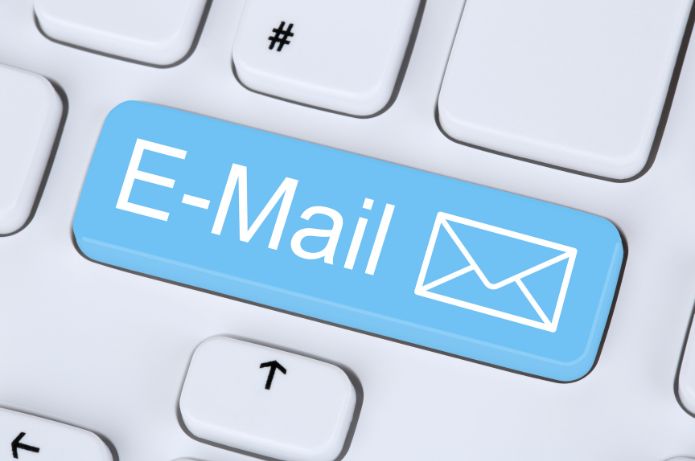1. E-mail Marketing
Definition:
Email Marketing is a digital marketing strategy that uses the sending of emails to a contact list with the aim of promoting products, services, build relationships with customers and increase brand engagement
Main features:
1. Target audience
– Sent to a list of subscribers who opted to receive communications
2. Content:
– Promotional, informative or educational
– You can include offers, news, blog content, newsletters
3. Frequency
– Generally scheduled at regular intervals (weekly, biweekly, monthly
4. Objective
– Promote sales, increase engagement, nurture leads
5. Personalization:
– It can be segmented and customized based on customer data
6. Metrics
– Open rate, click-through rate, conversions, ROI
Examples:
– Weekly newsletter
– Announcement of seasonal promotions
– Launch of new products
Advantages:
– Cost-effective
– Highly measurable
– Allows precise segmentation
– Automatable
Challenges:
– Avoid being marked as spam
– Keep the contact list updated
– Create relevant and engaging content
2. Transactional Email
Definition:
Transactional email is a type of automatic communication via email, triggered in response to specific user actions or events related to their account or transactions
Main features:
1. Trigger
– Sent in response to a specific user action or system event
2. Content:
– Informative, focused on providing details about a specific transaction or action
3. Frequency
– Sent in real time or almost real time after the trigger is activated
4. Objective
– Provide important information, confirm actions, improve the user experience
5. Personalization:
– Highly personalized based on the user's specific action
6. Relevance:
– Generally expected and valued by the recipient
Examples:
– Order confirmation
– Payment notification
– Password reset
– Welcome after registration
Advantages:
– Higher open and engagement rates
– Improves the customer experience
– Increases trust and credibility
– Opportunity for cross-selling and up-selling
Challenges:
– Ensure immediate and reliable delivery
– Keep the content relevant and concise
– Balancing essential information with marketing opportunities
Main Differences:
1. Intention
– Email Marketing: Promotion and engagement
– Transactional Email: Information and confirmation
2. Frequency
– Email Marketing: Regularly scheduled
– Transactional Email: Based on specific actions or events
3. Content:
– Email Marketing: More promotional and varied
– Transactional Email: Focused on specific transaction information
4. User Expectation
– Email Marketing: Not always expected or desired
– Transactional Email: Generally expected and valued
5. Regulation
– Email Marketing: Subject to stricter opt-in and opt-out laws
– Transactional Email: More flexible in regulatory terms
Conclusion:
Both Email Marketing and Transactional Email are crucial components of an effective digital communication strategy. While Email Marketing focuses on promoting products, services and build long-term relationships with clients, Transactional Email provides essential and immediate information related to specific user actions. A successful email strategy typically incorporates both types, using Email Marketing to nurture and engage customers and Transactional Email to provide critical information and enhance the user experience. The effective combination of these two approaches can result in richer communication, relevant and valuable to customers, significantly contributing to the overall success of digital marketing initiatives and customer satisfaction


